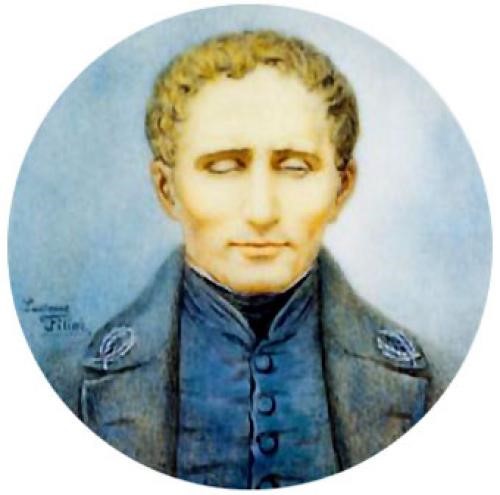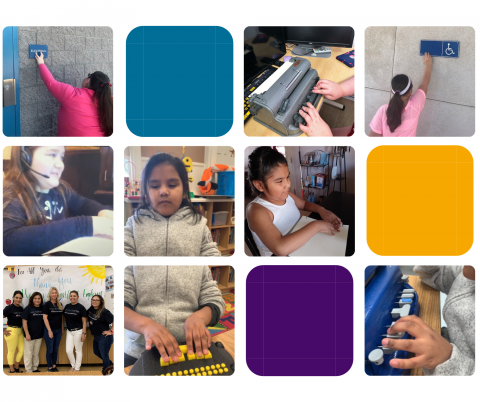
The Story of Louis Braille: Inventor of the Braille Code
Louis Braille was a French Educator who invented a tactile system of reading and writing for the blind and visually impaired in 1824. The system is called braille and it consists of raised dot codes that are used worldwide to read and write until this day.
Louis Braille was born on January 4, 1809 in Coupvray, France. His story began at the age of 3 when Louis’ parents Monique and Simon-Rene Braille were making harnesses and saddles one day in their workshop. Louis grabbed an awl from the workshop, started playing with it and accidentally injured one of his eyes with it. Both eyes became infected resulting in complete blindness by the age of 5.
Louis’ parents wanted him to obtain an education and enrolled their son at the village’s school where Louis learned by listening. He was a determined student and at the age of 10 received a scholarship to attend the National Institute for Blind Youth in Paris, France. While there, students were visited by French Army Officer Charles Barbier who introduced the students to a 12-dot cryptography system he created for soldiers to use for night-time battlefield communication. His system was comprised of different combinations of 12 raised dots to represent different symbols. Louis Braille thought that the tactile coding system was a great idea and could be the basis for a form of reading and writing that might be useful for the blind.
From age 12-15, Louis carefully studied Officer Barbier’s system and developed a simpler system using only a six-dot code so that the blind could use a single index finger to feel and read. His system only had six dots (three dots lined up vertically next to each other) and he assigned different combinations of dots to different letters and punctuation marks. From then on, Louis spent every waking moment outside of class poking holes in paper, ironically, with an awl like the one that accidentally blinded him. He had now completed the braille system, a tactile reading and writing system of 64 symbols total.
The braille system was presented to Louis’ peers for the first time in 1824. Louis and his classmates would no longer have to learn through the slow process of tracing huge raised print letters and numbers. Braille was supported by the institute’s director, until a new director of the school banned it in 1840 because he was afraid that there would be no need for sighted teachers if everyone who was blind could read as a result of using braille.
Louis continued to work on his education and became an accomplished musician, writer, researcher, inventor, and teacher at the same school he studied at, the National Institute for Blind Youth. At age 20, he published the first braille book Method of Writing Words, Music, and Plain Songs by Means of Dots for Use by the Blind and Arranged for Them.
Louis Braille was later forced to retire from teaching due to tuberculosis and passed away on January 6, 1852 at the age of 43.
Braille went unused by most educators for many years after Louis’ death, but it is now recognized as a revolutionary invention and has been adapted for use worldwide in languages, symbols, numbers, math, and music -- all using the six-dot combinations.
Louis Braille was celebrated worldwide in 2009 for Braille’s Bicentennial and he remains a recognized genius who is celebrated by many on his birthday every January 4th.
ICOE visually impaired students now benefit from the invention of braille.

